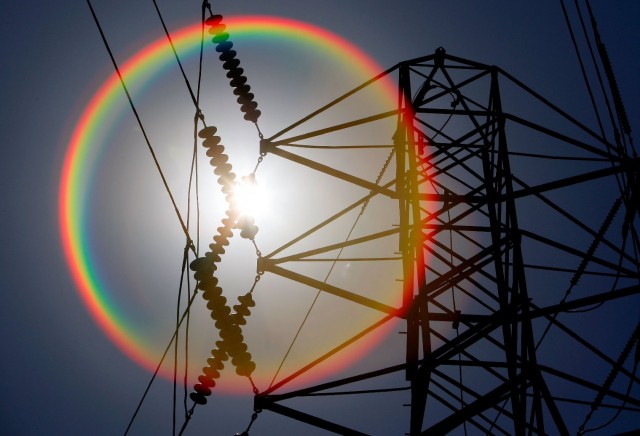
Next month you should see a $30-40 credit on your PG&E bill — thanks to California's new greenhouse gas regulations. Under the cap-and-trade program, the state's biggest power companies will be paying $750 million in credits on consumers' April and October bills.
The April rebate is the first climate credit being handed down to users as part of the state's new cap-and-trade program. The rebate, which will average about $35 per bill, is aimed at offsetting increasing electricity prices from the cap-and-trade program. State officials are also urging people to use the money to buy energy-efficient products such as LED light bulbs and smart thermostats. But California Public Utilities Commission President Michael Peevey told KQED's Scott Detrow that, of course, people might not follow those recommendations.
"Now obviously not everyone’s going to conclude that," Peevey said. "Because, as was said earlier, some people are going to want to spend it on other things."
California's cap-and-trade program went into effect at the end of 2012 in an attempt to create an exchange for carbon emissions. KQED Science explained at the time how the cap-and-trade program is supposed to work.
The state first caps the amount of carbon that businesses are allowed to emit. If those companies don't lower their emissions, they have the option of buying additional permits. Each allowance grants the company the right to emit 1 ton of carbon dioxide. Those allowances can be bought and sold at auctions. Companies are also allowed to pay other organizations to reduce their greenhouse gases, which counts against their obligations.